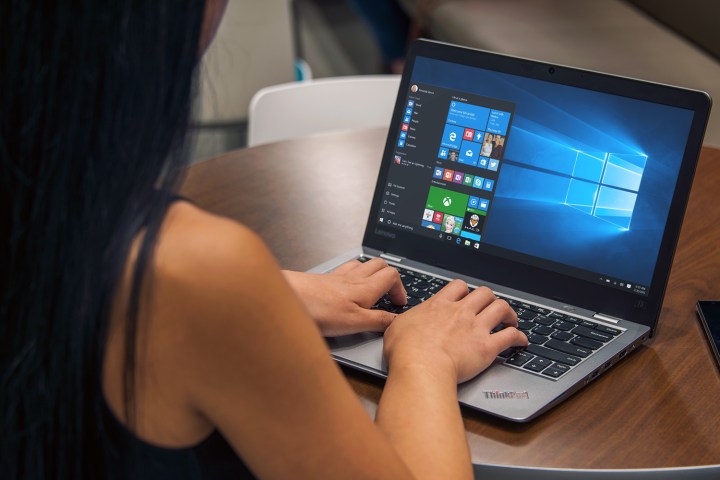
At the time of this writing, there is reportedly still a way to get the free Windows 10 upgrade for customers with a genuine copy of Windows 7 SP1 or Windows 8.1 installed. The process starts by heading to Microsoft’s Download Windows 10 web page and clicking on the “Download tool now” button. Once it’s on the PC, run the Media Creation Tool and select “Upgrade the PC now.”
Note that there are actually two options — to upgrade the current PC or create installation media for another PC. The latter option is for creating an ISO file that can be mounted on another PC, or used to create a bootable flash drive or optical media. Users on the other PC can access the setup file by heading into File Explorer and selecting the appropriate drive.
After that, users simply follow the on-screen instructions to upgrade the current operating system. Strangely enough, they won’t be asked for a product key. To confirm that the installation is, in fact, genuine, they can go into Settings then Update and security then Activation and see that the digital license is linked to the user’s Microsoft Account.
The good news here is that not only is the Windows 10 digital license tied the account, it’s tied to that specific device too via its MAC address. If something happens and the drive fails or needs to be wiped clean, Windows 10 can be reinstalled without having to purchase another copy.
So is the license valid? Good question. Microsoft extended the Windows 10 free upgrade offer to customers who use assistive technologies. That umbrella covers hardware and software solutions like screen readers and voice recognition products. Even the Windows platform provides assistive technology such as the Narrator, the Magnifier, closed captions, and more.
The deal with Microsoft’s extended program is that it is not restricted to specific assistive technologies. Thus, if customers use any assistive solution on Windows, they’re good to go for a free upgrade … for now, at least.
“We have not announced an end date of the free upgrade offer for customers using assistive technology. We will make a public announcement prior to ending the offer,” Microsoft states.
In the company’s Upgrade to Windows 10 FAQ, Microsoft clearly states that the Windows 10 free upgrade through the Get Windows 10 app (GWX) ended on July 29 and doesn’t mention any other upgrade process. However, Microsoft also states that all upgrades must be completed and reach the “Windows” screen by 11:59 p.m. on July 29.
Finally, the FAQ notes that the media creation tool will remain available for customers wanting to install Windows 10 on any device. That is the tool currently listed on Microsoft’s Download Windows 10 web page, which sparked reports that anyone can still get Windows 10 for free on Windows 7 SP1 and Windows 8.1 devices.
That all said, the free Windows 10 upgrade may depend on if customers actually use assistive technologies on Windows 8.1 or Windows 7 SP1. If users have never loaded Narrator or Magnifier, then Microsoft may likely know and will refuse the upgrade. Perhaps it is worth checking out for those still wanting a free ride into the sparkly world of Windows 10.
Editors' Recommendations
- PC gamers — Windows 7, 8, and 8.1 are officially dead
- This popular photo-editing app will no longer work on Windows 7 and Windows 8.1
- Windows 10 May 2020 update blocked on many Windows devices
- Microsoft’s Windows 10X OS may be featured on dual-screen devices
- The May 2019 update for Windows 10 is live. Here’s how to get your hands on it


